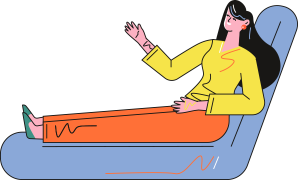The cause of acute appendicitis
The etiology of acute appendicitis is directly related to obstruction and infection of the appendiceal lumen. The appendix, a narrow and elongated tube connected to the cecum, can develop increased luminal pressure due to obstruction, leading to disturbances in the blood supply to the appendiceal wall. This can easily cause damage to the mucosa and subsequent infection. Infection of the appendiceal lumen can directly cause acute appendicitis. Additionally, gastrointestinal dysfunction can also cause muscle and vascular spasms in the appendix leading to blood supply disturbances and the invasion of bacteria, resulting in acute inflammation. For acute appendicitis, surgical treatment should be administered immediately upon diagnosis.
Trending Health Topics

Get the latest health & wellness news daily right to your inbox.


 Subscribe
Subscribe


